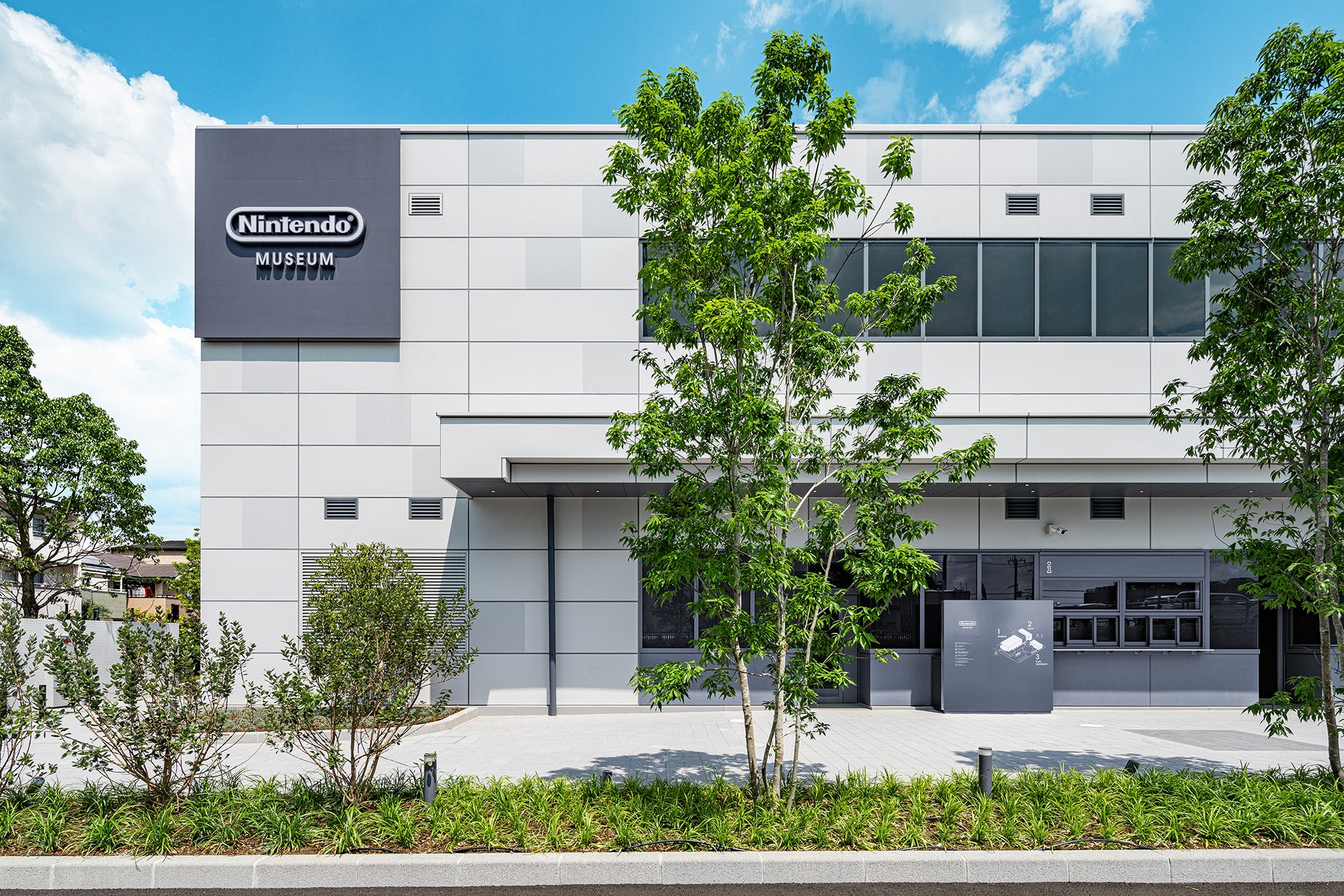NASA has successfully completed its ambitious mission to return a sample of the ancient asteroid Bennu back to Earth, presenting scientists with an "unprecedented opportunity" to study the mysteries surrounding the formation of our solar system, and the evolution of life around the Sun.
“Successfully delivering samples from Bennu to Earth is a triumph of collaborative ingenuity and a testament to what we can accomplish when we unite with a common purpose," explained principal investigator for the OSIRIS-REx mission at the University of Arizona, Dante Lauretta. "But let’s not forget – while this may feel like the end of an incredible chapter, it’s truly just the beginning of another. We now have the unprecedented opportunity to analyze these samples and delve deeper into the secrets of our solar system."
Modern spaceflight has granted humanity the ability to reach out into space, and attain physical clues that will help scientists unravel the secrets surrounding how our solar system coalesced. In shedding light on the answer to this great question, we would also gain a greater appreciation of the conditions needed for life to evolve elsewhere in the universe.
The #OSIRISREx spacecraft has released the capsule containing a piece of asteroid Bennu. The capsule will plummet through space for four hours, enter the atmosphere over California and land about 13 minutes later in Utah. https://t.co/lK5QmILjtj pic.twitter.com/gECoNC1sHU
— NASA Solar System (@NASASolarSystem) September 24, 2023
On Sept. 8, 2016 NASA’s Origins, Spectral Interpretation, Resource Identification, Security, Regolith Explorer (OSIRIS-REx) spacecraft lifted off on a mission to retrieve a sample of ancient material left over from the creation of the solar system, and return it to Earth. Its target was the asteroid Bennu – a half-kilometer-wide chunk of matter that has been left largely untouched since the formation of the solar system.
OSIRIS-REx rendezvoused with Bennu in December 2018, and went on to spend almost two years learning everything it could about the cosmic time capsule before finally swooping down to collect a sample from its surface on Oct. 20, 2020.
The daring "touch and go" operation saw the spacecraft descend to a crater on the asteroid's surface nicknamed Nightingale. Here, OSIRIS-REx was able to touch down using a robotic arm, and collect a sample of pristine material that had been recently excavated from within the radiation bombarded body of Bennu by a high speed impact.
Its primary mission complete, the solar powered spacecraft remained in Bennu’s orbit until April 2021, when it began a solitary two-year journey to return the sample to Earth. That journey came to an end on Sept. 24 earlier this week, when the OSIRIS-REx mothership detached its sample return capsule, readying it for its fiery descent through our planet’s dense atmosphere, and a dramatic touch down in the Utah desert.
The protective shell hit the atmosphere at a blistering speed of 27,650 miles per hour, but was quickly slowed thanks to a combination of atmospheric drag and parachutes, finally touching down at 10:52 a.m. EDT. After billions of miles, seven years, and the sweat of hundreds of scientists and engineers, NASA had finally succeeded in bringing a little piece of Bennu back to Earth.
Still intact, the capsule and its samples were swiftly transported to a temporary clean room environment, and subjected to what NASA scientists describe as a nitrogen purge. This process - which occurred within 90 minutes of touch down - subjected the descent pod to a pure nitrogen environment in order to ensure that the material isn’t contaminated by Earthly particles.
NASA’s Bennu samples will be analyzed by generations of scientists hoping to unravel the secrets surrounding the formation of our solar system, the nature of potentially hazardous asteroids, and the mysteries surrounding the evolution of life on Earth. Later today, the canister containing the 250 gram sample will be airlifted to NASA’s Jonson Space Center in Houston, where it will be opened for the first time in two years, presenting scientists the first opportunity to examine the alien matter, before it is distributed to the global scientific community.
Meanwhile the OSIRIS-REx spacecraft will continue back outwards into the solar system on an extended mission to orbit the near-Earth asteroid Apophis, which it is slated to rendezvous with in the year 2029.
Anthony is a freelance contributor covering science and video gaming news for IGN. He has over eight years experience of covering breaking developments in multiple scientific fields and absolutely no time for your shenanigans. Follow him on Twitter @BeardConGamer








